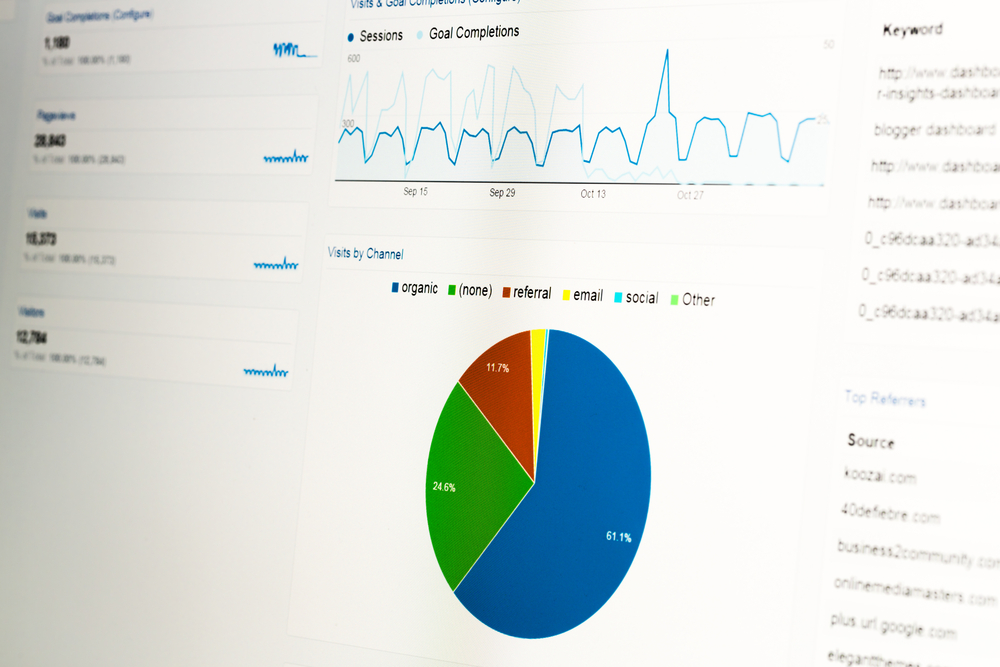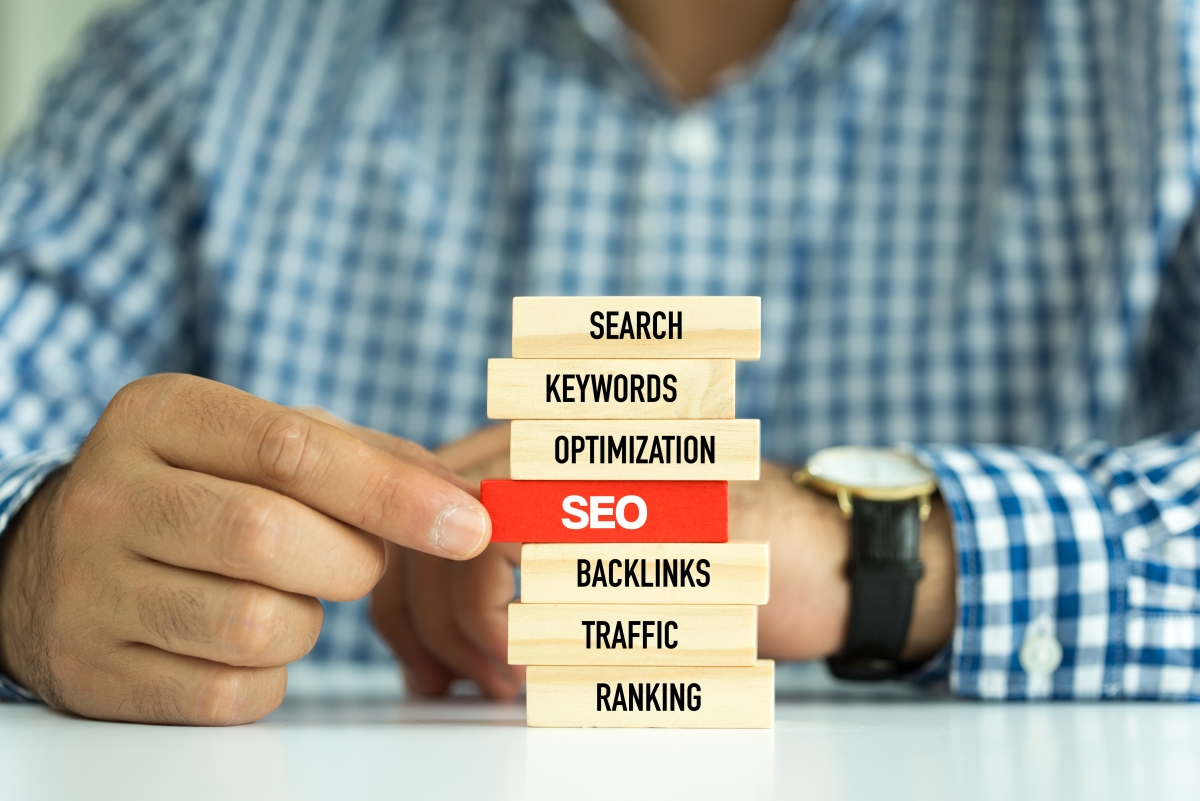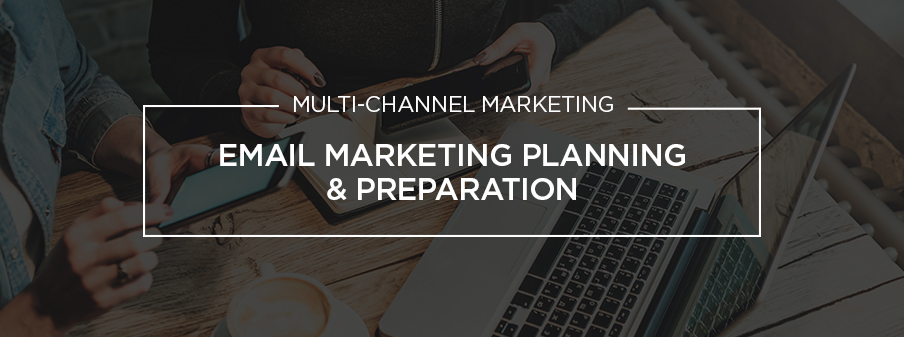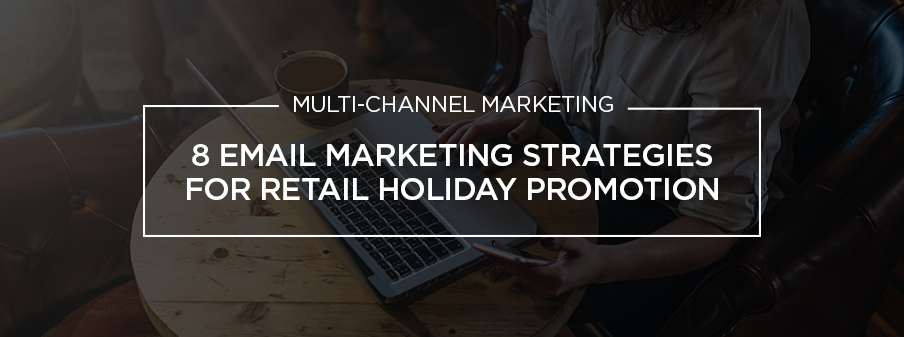Transitioning Your Marketing Strategies To The New Year
Over the past few months, you have spent money, designed ads and ran promotions on television and radio, local newspapers and magazines and on social media sites. You’ve sent out emails and ran ads on thousands of websites. So now what? Consumers are done spending money, they are done with shopping for anything besides food and a few things they will want for the new year.
So, what are your marketing goals now? It’s 2019 and you have to start all over. Depending on what your company does, you may see some options that help you keep sales numbers steady. For example, if you sell cars you may be able to get some shoppers in who are looking for deals on last years models. This gives you plenty of incentive to continue your current marketing strategy. However, what if you sell something that’s not going to be in high demand for the next few months?
A great example would be health insurance agents. The new year is the start of their slow season. People have already made their decisions on what to do for health care and they are focused on other things. So, what do you do? Do you quit marketing for the next 6-8 months? It may be tempting, especially to save money, but that’s the wrong way to look at things.
The next 6-8 weeks, or months or however long it is until your next sales season begins is an opportunity to create new content, introduce your brand to a larger audience and get more consumers to engage with you without the pressure of having to make sales. That same health insurance agency can send out a monthly email newsletter to millions of people, informing them on ways to save on their healthcare, blogs that have tips of living healthier lifestyles and more.
What you are really doing is putting your brand in front of the right audience with email marketing and building a familiarity that is going to help you at the end of 2019. It is statistically proven that consumers go with products and services from brands they are familiar with, even more than they do based on price. This is especially true on the shelves of stores. If someone is buying a bag of chips, they are more likely to go with the brand that they’ve seen hundreds of commercials from than they would a lesser known brand.
That popular brand may cost more money, but it’s well known and established, and the consumer feels safer giving their money to that company than an unknown entity. As a business, you are looking to build trust with the consumer online and that takes a long time to accomplish. Email marketing can do that and it’s cost-effective, allowing you to stay within your non-sales season budget.
With email marketing you can send one or two campaigns a month to a vast list of consumers, informing them of new products, promotions and as always, reminding them of your brand. After months of receiving emails, when the consumer does need to start looking for the products and services you offer, your brand will be the front-runner to get their business.
As you are sending out emails, posting on social media and strengthening your position on Google, you will be well established throughout the web when the next shopping season comes around. As your competitors are tightening their belts for the “slow season” you now have the opportunity to outwork and outsmart them with cost-effective options like email marketing.













